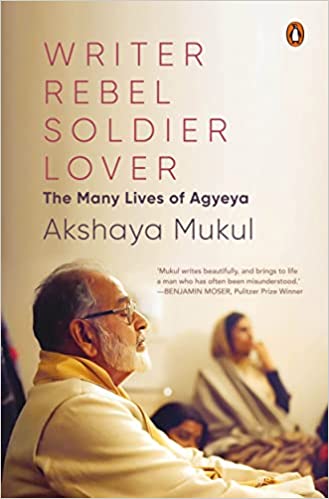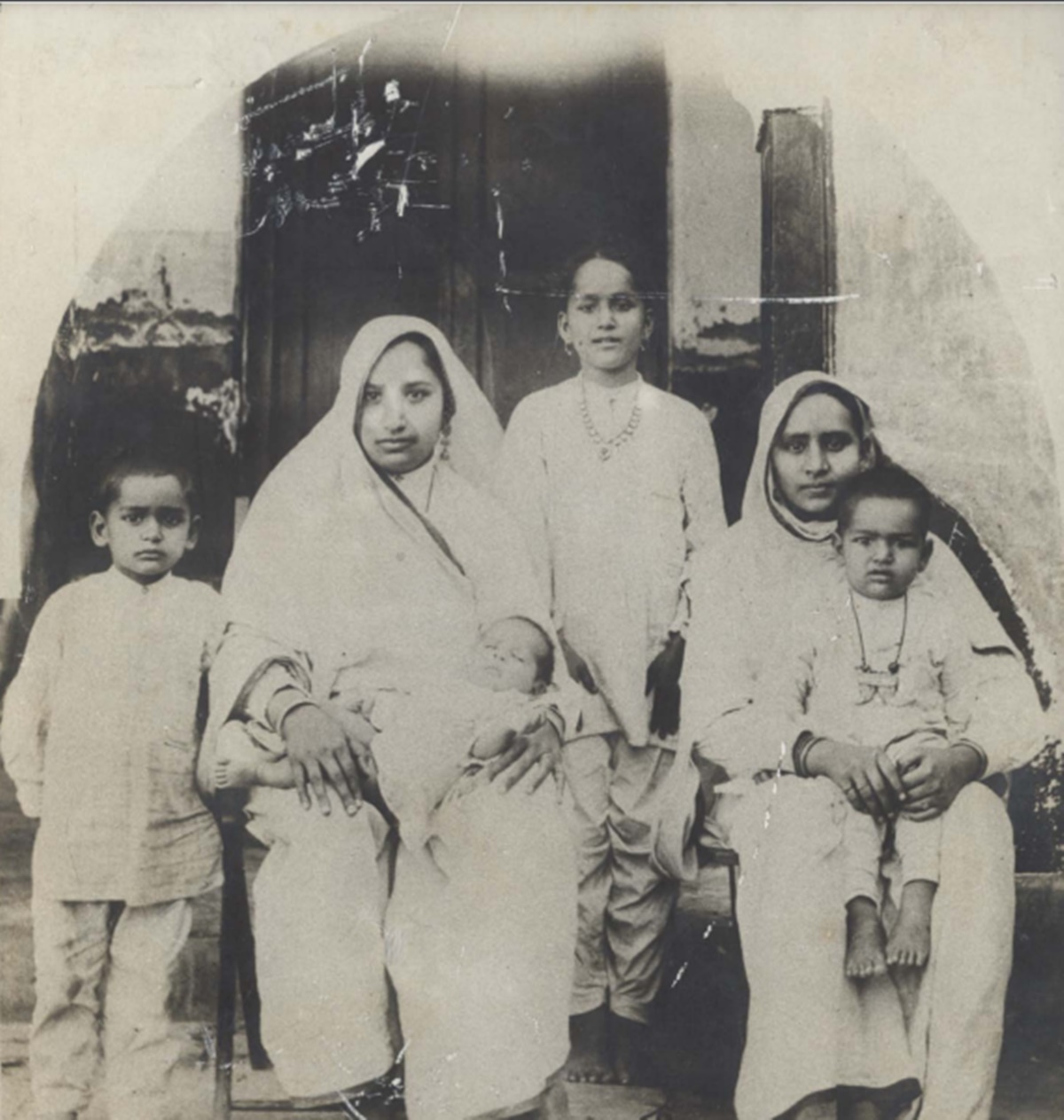Those of us who grew up across north Indian towns and cities in the 1980s, attempting to unravel the contradictions of the self, often found ourselves divided when it came to the work and life of Sachchidananda Vatsyayan, or Agyeya (1911-1987). Prolific and provocative, he was regarded as not only one of the most prominent Hindi writers of the 20th century but also an enigmatic cultural figure who animated the otherwise complex and dreary — or, at least, that’s what it appeared to us then — Hindi literary scene. Despite all his literary prowess and achievements, our young selves sometimes found it challenging to embrace Agyeya fully, for his intellect, poetry, and writings dared to bare the complexities of the human mind, the inner contradictions, and the tussle between social identity and self.
Buy Now | Our best subscription plan now has a special price
My quest with Agyeya’s writings in the past and now has often taken me to the pioneering work of CH Cooley — the American sociologist who propounded the theory of looking-glass self, the tug of war between perception and reality, the general questions around the sense of social self and identity. I, however, reserve this extension of my interpretation to a later time and straightaway deep dive into Akshaya Mukul’s biography of Agyeya, which attempts to answer most of the questions that linger around his legacy, placed in a larger context of colonial and post-colonial history, the subjectivities of which find relevance in today’s public sphere.
Writer Rebel Soldier Lover: The Many Lives of Agyeya is a veritable doorstopper and makes for rewarding reading, illuminating the life of Agyeya and the world around him. Through a critical lens, Mukul has delved into a vast wealth of papers and archival material and attempted to decode the enigma surrounding Agyeya. One need not be a fan of Agyeya’s work or interested in the minutiae of his life to understand this biography, for his work, for the most part, is set in the social and literary history of India in the 20th century.
 Writer Rebel Soldier Lover: The Many Lives of Agyeya’s book cover (Source: Amazon.in)
Writer Rebel Soldier Lover: The Many Lives of Agyeya’s book cover (Source: Amazon.in)
A simple reckoning with Agyeya or any of his contemporaries from the 1980s is difficult at the outset. The title of the book is a window to the complexities of Agyeya the artiste’s life. After all, an artiste is a constantly evolving, multifaceted, multi-layered “idea” and not a fixed entity, and rarely embodies monochromatic, cast-in-stone rigidities. Agyeya resonated naturally with these complexities emerging from within a single idea or thought, which makes his work fulfilling to curious minds trying to break into the concepts of freedom, liberation, and critical thinking.
 Agyeya was an enigmatic cultural figure who animated the complex and dreary Hindi literary scene (Courtesy: Penguin Random House )
Agyeya was an enigmatic cultural figure who animated the complex and dreary Hindi literary scene (Courtesy: Penguin Random House )
I was reminded of poet Allama Iqbal at various points while reading the book. He, too, has been a subject of long-running debates for the radical breakthroughs emanating from his work. Some writers are more consistent than others, but consistency is hardly a virtue or a measure of literary worth. Inconsistencies and contradictions are, on the other hand, intellectual and organic, as they indicate inner struggles, trials, and tribulations, that sometimes provide an index of changing circumstances. What makes Mukul’s book compelling is that Agyeya is not the “ideal” subject, nor has Mukul made any effort to smoothen the wrinkles and present him as one. The four identities in the title of the book correspond to Agyeya’s various lives as a writer, an anti-colonial revolutionary who spent several years incarcerated, an anti-fascist who participated in World War II, and an individual who longed for, yet was rarely able to, find freedom or love.
His constant pursuit of the inner self was a result of the extractive nature of relationships and the transactional associations he often witnessed in his day-to-day life that deeply troubled his sense of empathy and sensitivity. Mukul describes how on a train journey to Madras, he defends a school teacher being subjected to unwarranted remarks by a fellow passenger. Similarly, some of his earlier texts reflect a tussle between perception and reality, for instance, the dichotomy in his and societal perceptions of youth and old age.
As I read the book, I found that Agyeya the writer is all-encompassing and all-embracing. Mukul’s work presents a delightful snapshot of Agyeya’s life as a student and a scholar who travelled and continuously shaped his ideas. Most of all, the overarching theme that emerges from the book is how Agyeya is widely regarded as the trendsetter of the Nayi Kavita movement. His contributions remain seminal, some of the most inventive and innovative, as he continued to evolve the world of Hindi literature with modernist thoughts.
 The title of the book is a window to the complexities of Agyeya the artiste’s life (Courtesy: Penguin Random House)
The title of the book is a window to the complexities of Agyeya the artiste’s life (Courtesy: Penguin Random House)
I have often wondered why Agyeya intensely focused on the inner lives of his characters and not so much on how they engaged with the outside world. The answer, as Mukul helps us understand, is, perhaps, because Agyeya did not want to preach or assume a didactic, moralising voice when he was riddled with a range of anxieties that he often expressed in his private correspondence. In the then-dominant sociological perspective, Agyeya reveled in the realm of the psyche. This may have helped him resolve (at least symbolically) the several inner contradictions that came to characterise the labyrinthine professional and personal dilemmas of his life. Widely regarded as one of the greatest poets of symbolism, it is for these reasons that Agyeya speaks to the messiness in all of us.
In a recent interview, the 2021 Nobel laureate in literature, Abdulrazak Gurnah, said, “I represent me. I represent me in terms of what I think and what I am, what concerns me, what I want to write about… When I speak, I’m speaking as a voice among many, and if you hear an echo in your own experience, that’s great.” Similarly, Agyeya, to me, remains a writer resonating with the more profound sense of self — much more than any other identity imposed on him or expectations set around him. To me, he celebrates the idea of freedom and liberation, in theory, thought, or expression. As I stand better acquainted with him after reading Mukul’s excellent work, I’ll heed the poet’s own words of advice that appear at the end of the Preface of his much-celebrated 1978 Jnanpith award-winning collection of poems, Kitni Navon Mein Kitni Baar (In How Many Boats, How Many Times): “Kavitayein aapke saamne hain. Iske aagey woh hi prasangik hain — Kavi nahin (The poems are before you. From this point onwards, only they are relevant — not the poet).”
Agyeya was heavily misunderstood and misinterpreted during the Cold War period. To the scholars of the future, Mukul’s biography will be beneficial as he analyses him with no such prejudices. His life, reflections, and creativity are a larger commentary on the historical backdrop of the time and weave a narrative helpful in understanding the relevance of colonial and post-colonial history today.
Prof Manoj Kumar Jha is a Member of Parliament, Rajya Sabha

Leave a Reply